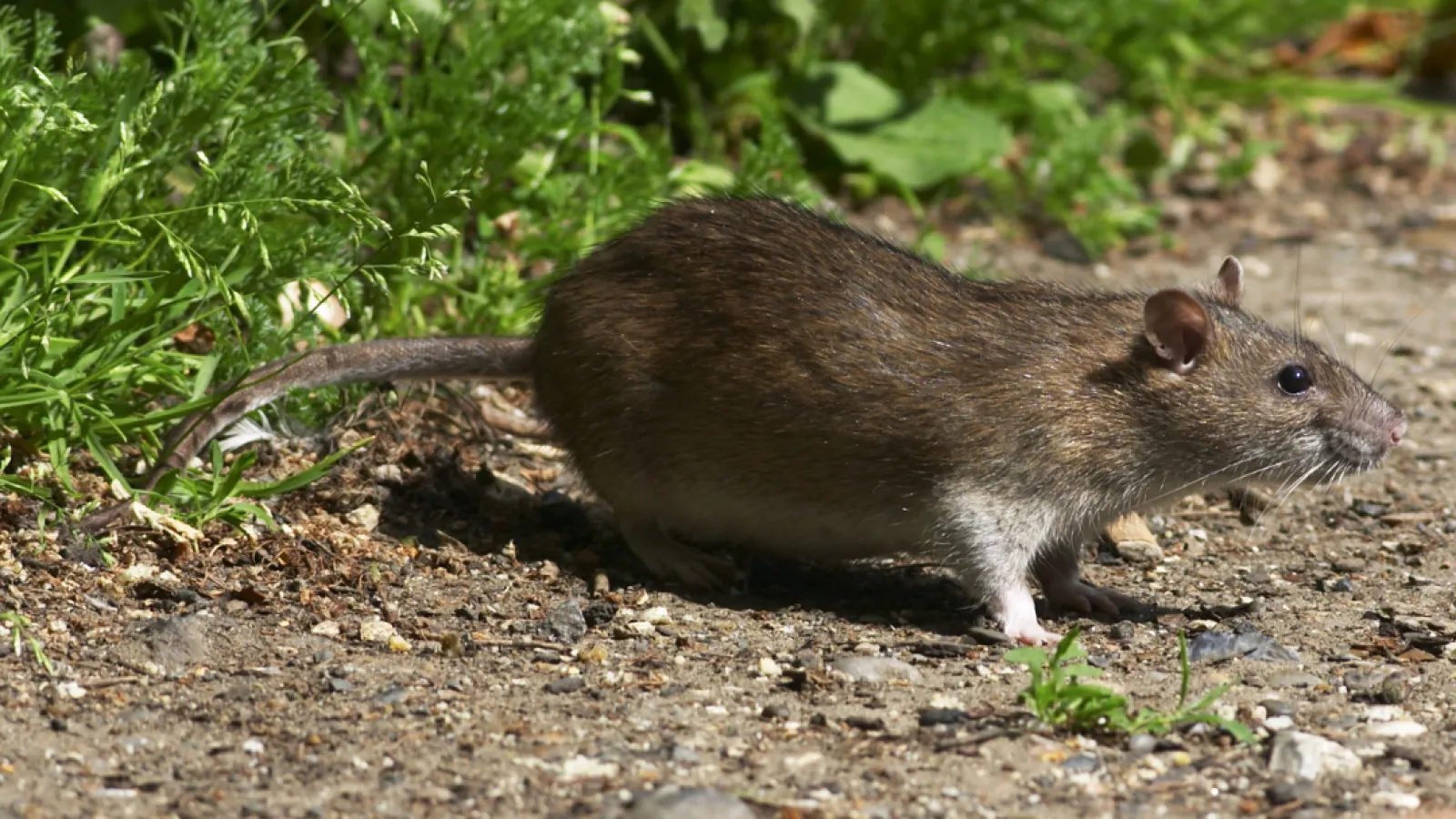
Norway Rat
Latin Name: Rattus norvegicus
Norway rats, also known as brown rats or sewer rats, are a common type of rodent that can be found in many parts of the world, including urban and rural areas.
Appearance: Norway rats are typically brown or gray with a lighter underside. They have robust bodies, blunt noses, and relatively small ears and eyes compared to their body size. An adult Norway rat can grow up to about 16 inches in length, including its tail.
Habitat: Norway rats are burrowing rodents and often live in underground burrows or in areas with plenty of hiding spots such as basements, crawl spaces, sewers, and garbage dumps. They are also known to inhabit gardens, fields, and other outdoor areas.
Behavior: These rats are primarily nocturnal, meaning they are most active during the night. They are omnivorous scavengers and will feed on a wide range of food items, including grains, fruits, vegetables, meats, and even garbage. They are also known to gnaw on various materials, including wood, plastic, and electrical wiring, which can lead to property damage and fire hazards.
Attractions to Homes: Norway rats are attracted to homes and buildings for several reasons, including:
Food Sources: They are drawn to areas with easily accessible food sources such as uncovered garbage bins, pet food left outdoors, spilled birdseed, and compost piles.
Water Sources: Like all living creatures, rats need water to survive. Leaky pipes, dripping faucets, standing water in dishes, or even condensation can attract them to homes.
Shelter: Homes and buildings provide shelter from predators, harsh weather conditions, and other threats. Cracks, crevices, gaps in walls, and cluttered areas offer ideal hiding spots and nesting sites for rats.
Prevention: To prevent Norway rats from being attracted to your home, it's important to eliminate potential food, water, and shelter sources.
If you're having rat issues, contact PestNow for a free inspection.
